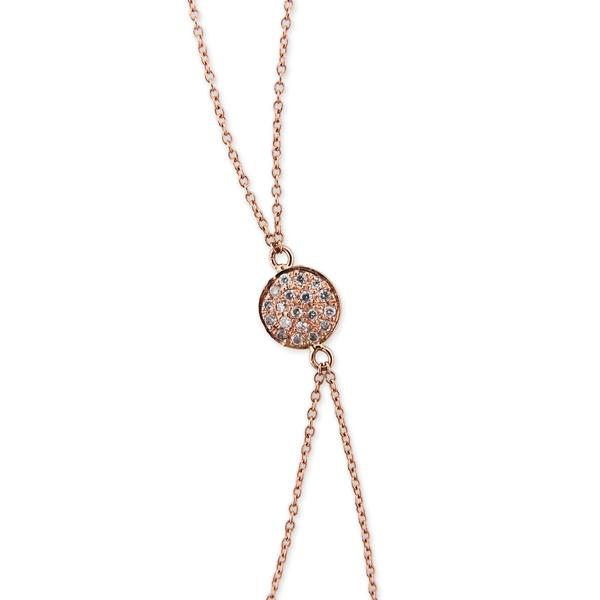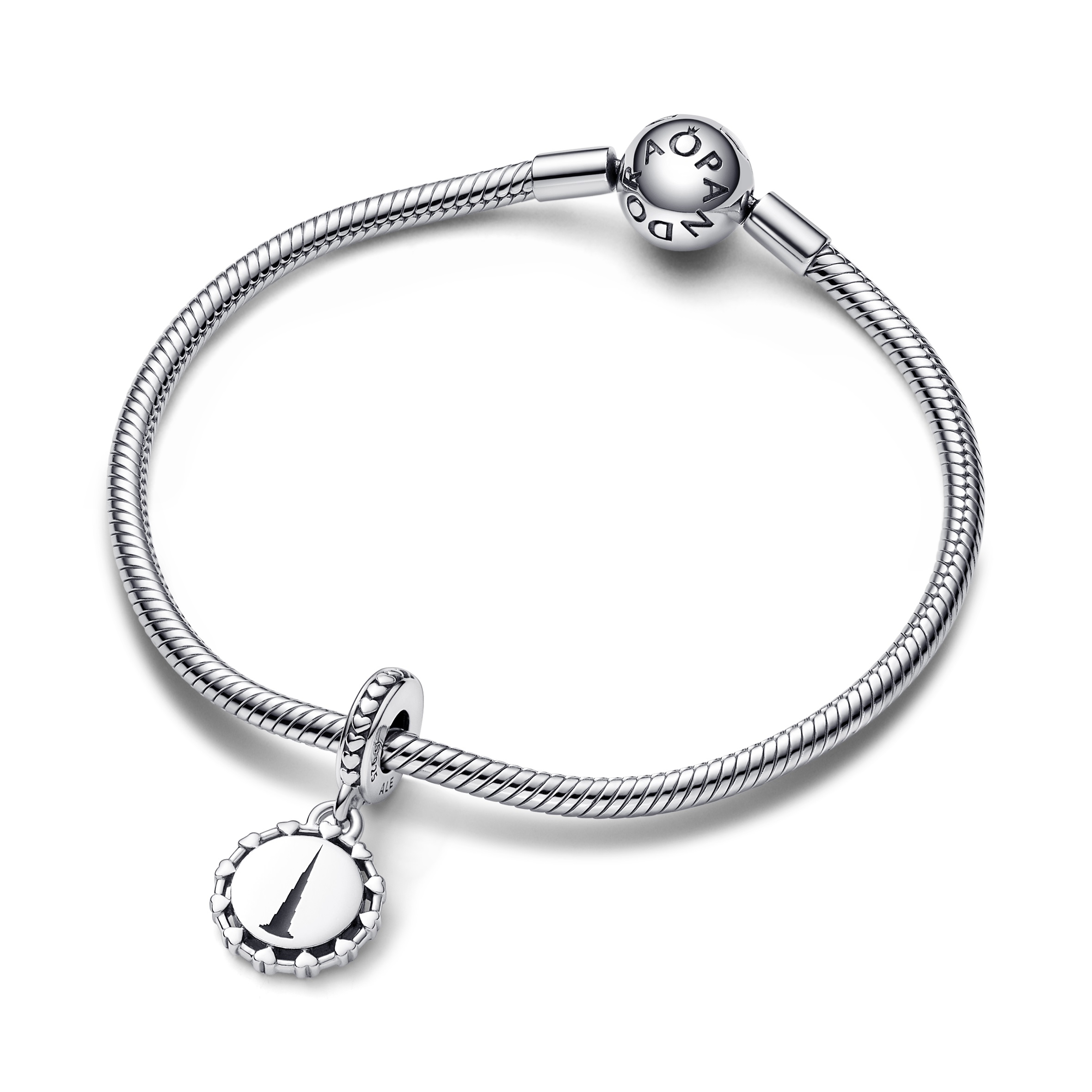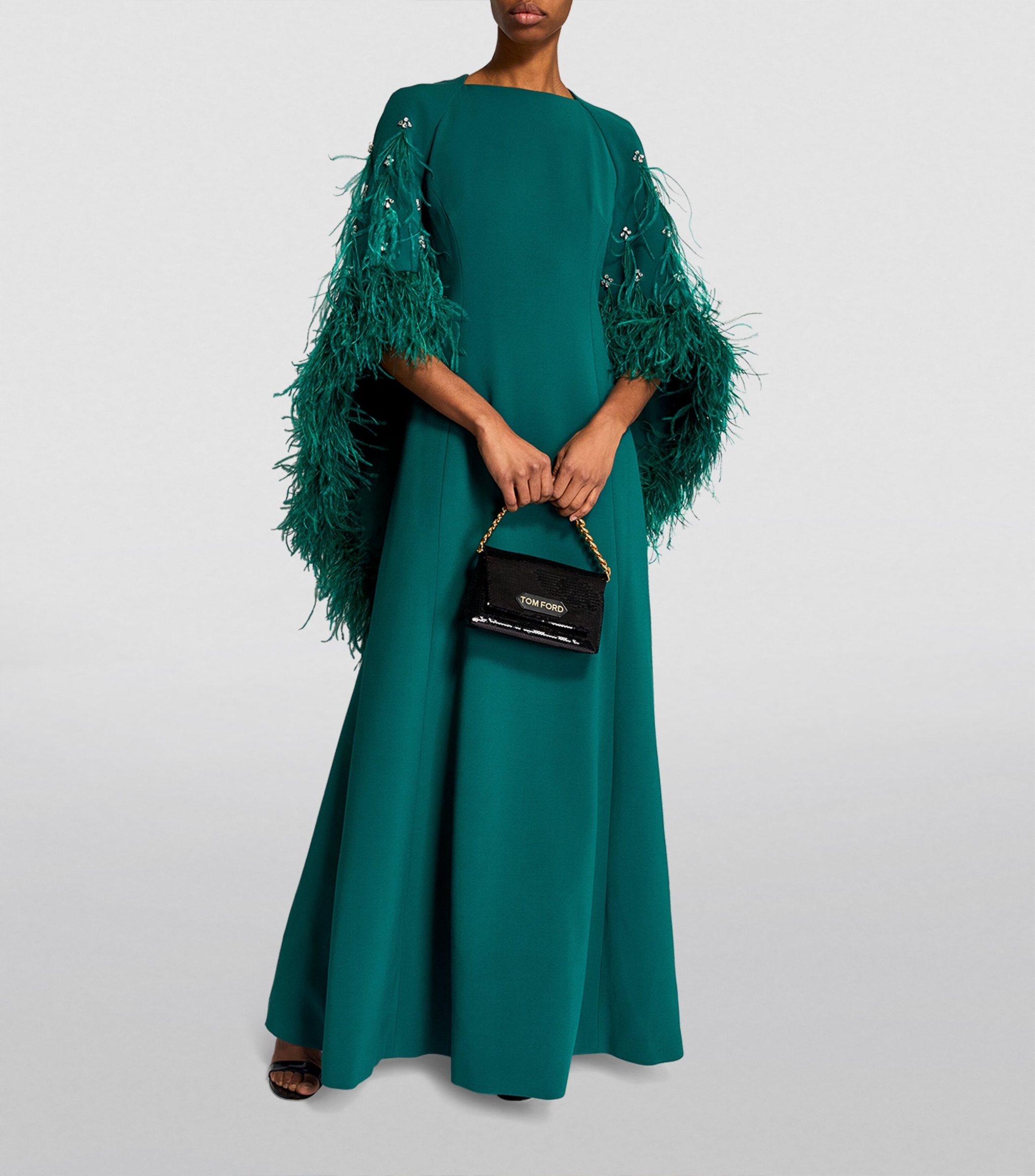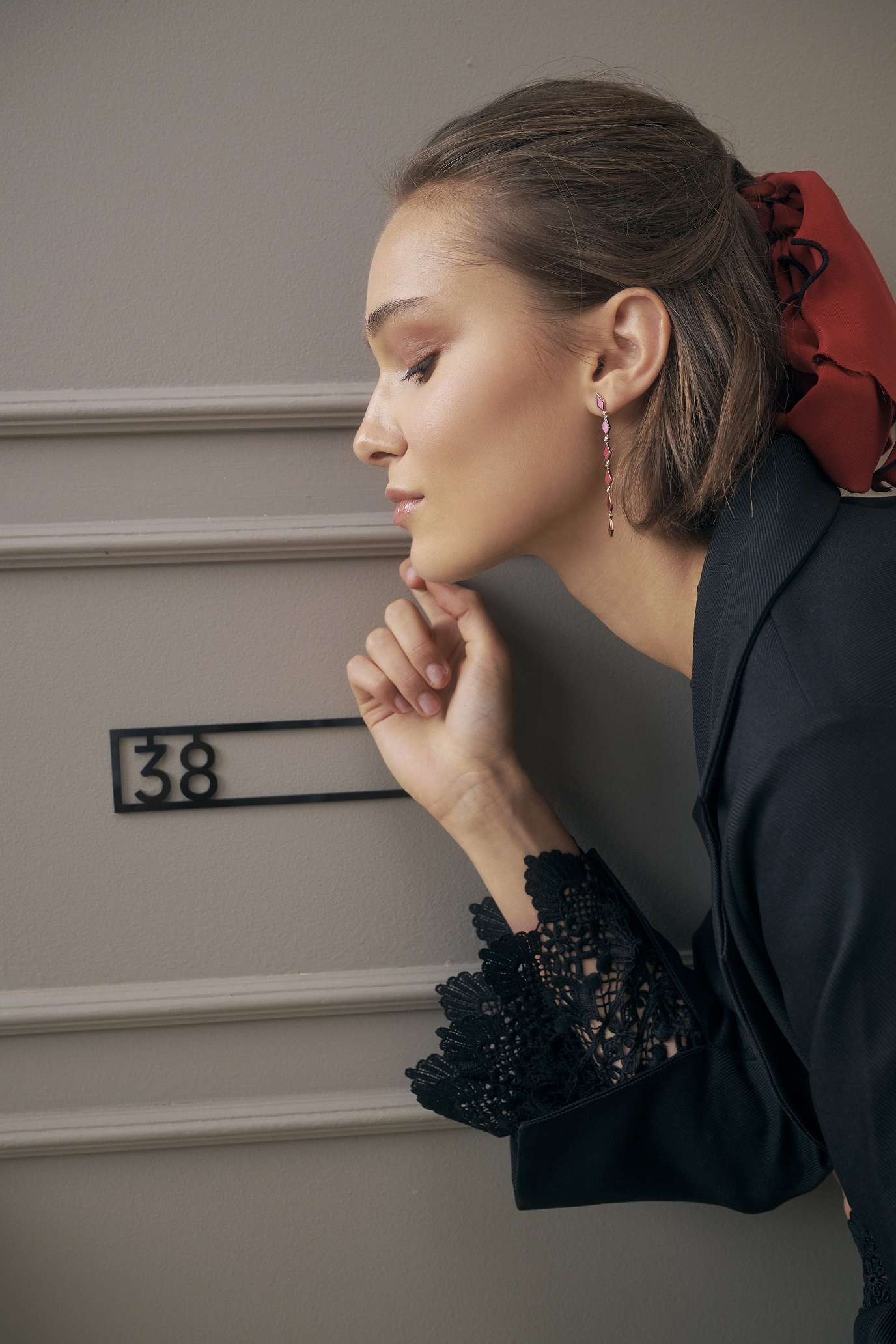Elsa Peretti and Tiffany & Co.: Life in Pictures
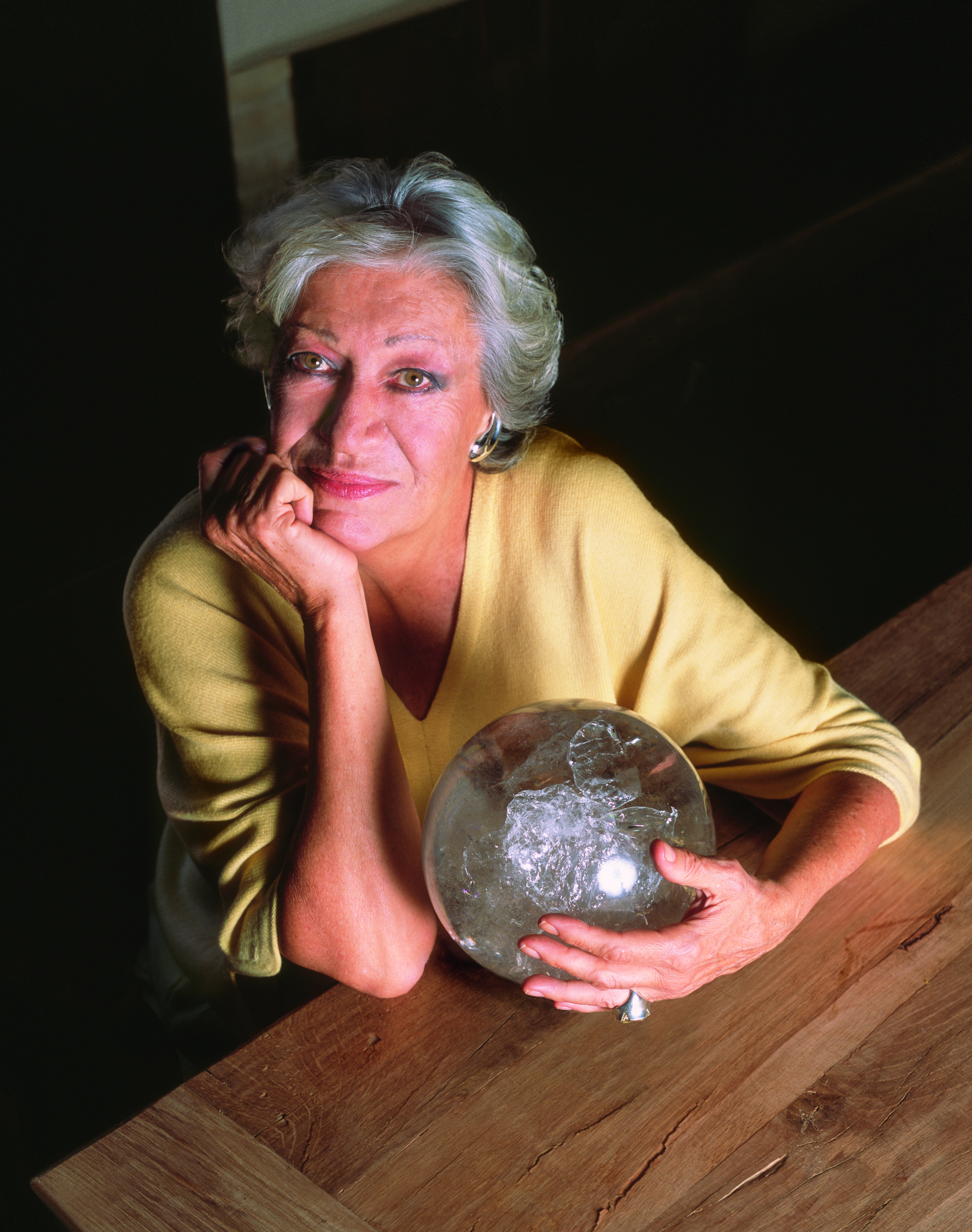
When you think of Elsa Peretti, you’re transported to a world of timeless beauty, sculptural design, and fearless creativity. She was a visionary who changed the way we perceive jewelry, turning natural forms, organic shapes, and minimalist elegance into signature designs that continue to inspire even decades later. A symbol of innovation and class, Elsa Peretti’s legacy lives on through her timeless creations and her legendary partnership with Tiffany & Co..
This year marks the 50th anniversary of the relationship between Elsa Peretti and Tiffany & Co., a milestone that pays homage to her extraordinary journey, groundbreaking designs, and cultural vision. To commemorate this important moment, I spoke with Stefano Palumbo, one of the Executive Directors of the Elsa Peretti Family Office and a key member of the Nando and Elsa Peretti Foundation. For over two decades, Stefano was one of Elsa Peretti’s closest collaborators, offering invaluable insights into her life, work, and creative ethos. Along with Peter Schwendinger and Dr. Kurt Moosmann, he has overseen the foundation that upholds Elsa’s incredible legacy.
Here, Stefano reflects on Elsa Peretti’s revolutionary design approach, her creative spirit, and the unparalleled bond that she shared with Tiffany & Co. over the course of 50 transformative years.
Redefining Jewelry: From Barcelona to Tiffany’s
When you ask Stefano about his first thoughts when remembering Elsa Peretti, he describes her with an air of reverence and awe. "I think of a woman who embodied magic, elegance, and creative independence. Elsa was not just a designer, she was a symbol of discipline, vision, and innovation." Her story is an emblematic journey, beginning in Barcelona during the 1970s and taking shape with her distinctive style, simple yet incredibly powerful, tactile yet deeply philosophical.
"Elsa was not just a designer, she was a symbol of discipline, vision, and innovation.”
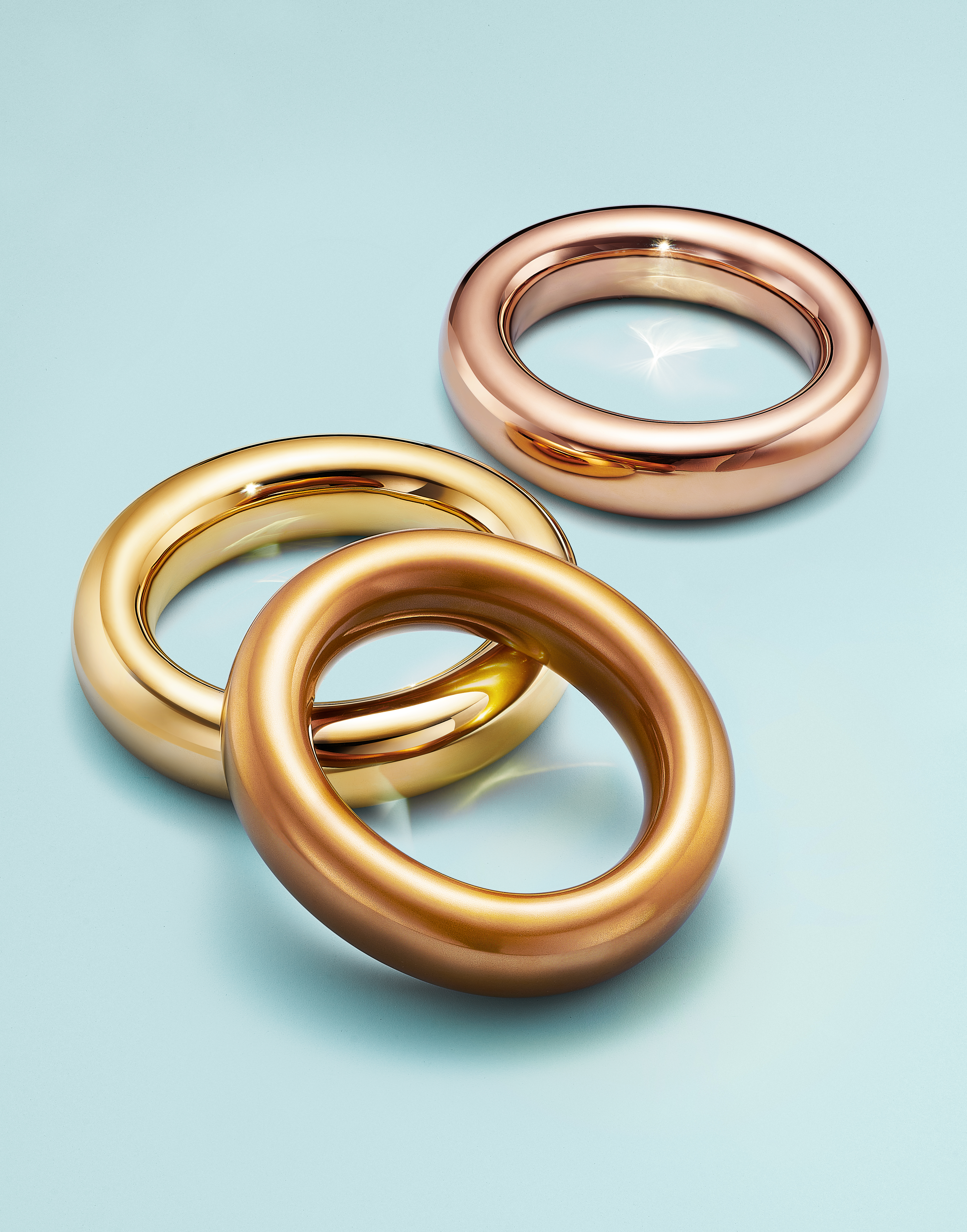
Elsa’s exploration of materials would come to define her legacy. Silver, which had previously been a relatively “ordinary” material, became one of her signature elements. She transformed it, inspired by her study of sculpture, art, and design, into something “soft, liquid, and emotional,” as Stefano explains. "Her exploration of silver and gold had no equal. She treated it with the same understanding and creativity as a sculptor, elevating it into something timeless and extraordinary." Her philosophy and aesthetic vision reflected her upbringing and influences, Barcelona, influenced by the creativity of Antoni Gaudí and the sculptural ethos of Xavier Corberò, gave Elsa a foundation rooted in experimentation and artistry.
But Elsa’s genius wasn’t just about design or the manipulation of silver or gold. She shifted how people perceived jewelry itself. Through her groundbreaking work, she made adornment not just an object of exclusivity but a wearable, artistic form accessible to the modern woman. Her designs embodied practicality, emotional resonance, and timeless beauty, therefore, making gold and diamonds become an everyday staple into people’s warderobes.
Stefano highlights her innovative perspective: "She democratized jewelry by creating pieces that empowered women, allowing them to wear art every day, without barriers."
"She democratized jewelry by creating pieces that empowered women, allowing them to wear art every day, without barriers."
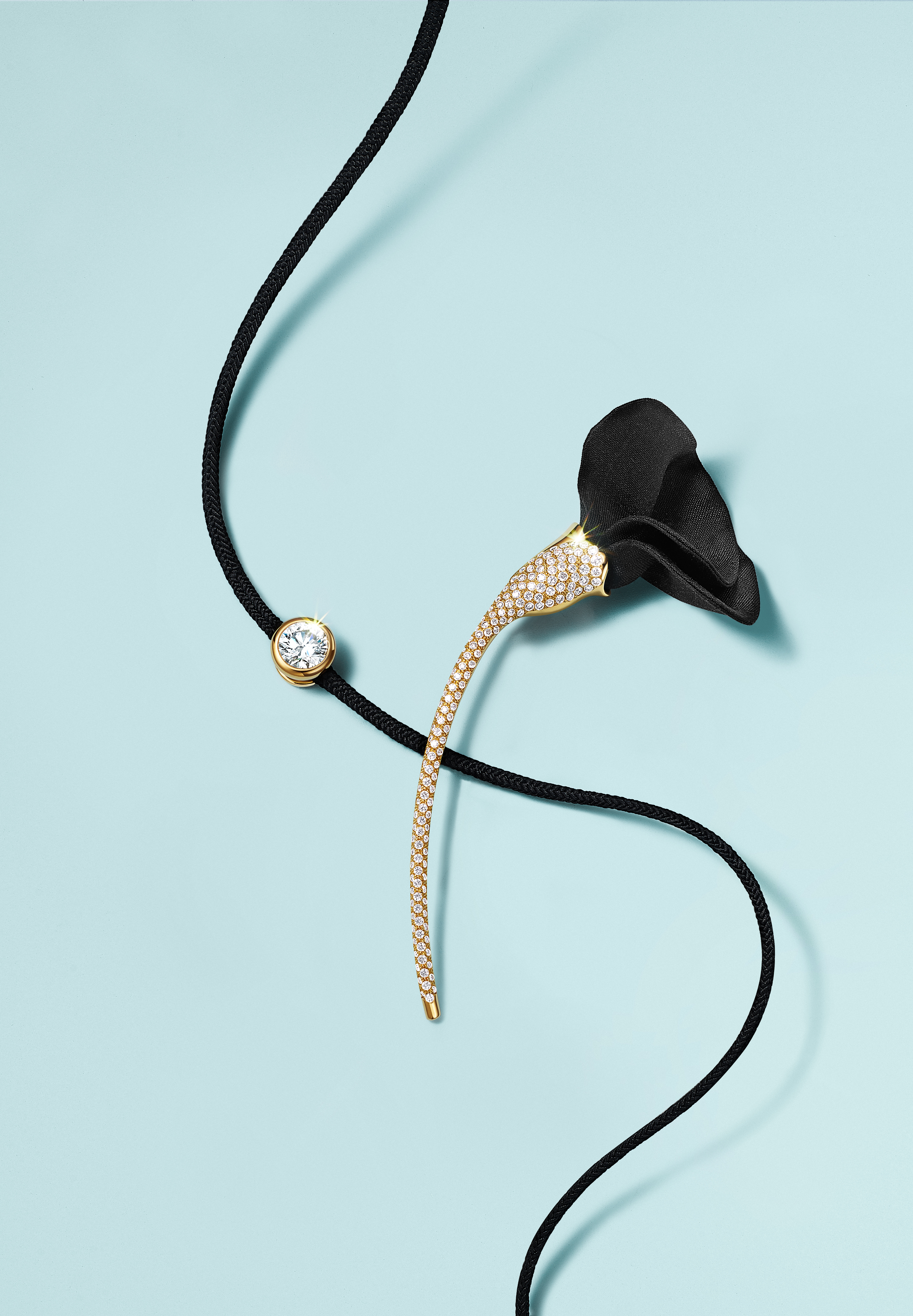
The Journey with Tiffany & Co.
Elsa Peretti’s journey with Tiffany & Co. was about much more than designing beautiful jewelry. It was about sharing a philosophy, an aesthetic language, and a vision. This partnership began with her arrival in the United States in the 1970s and blossomed into a groundbreaking collaboration that solidified both her aesthetic principles and Tiffany & Co.’s iconic brand.
Stefano explains the uniqueness of this partnership, emphasizing that Elsa Peretti’s creations were artistic expressions and reflections of a new way of thinking about design and wearability. "Elsa’s aesthetic wasn’t just a design; it was an embodiment of her life’s philosophy. She believed in simplicity, functionality, and beauty that transcended trends. Tiffany&Co. understood this and allowed her vision to come to life in extraordinary ways."
The designs that emerged from this partnership, including iconic pieces like the Bone Cuff and the Seashell Bracelet, remain staples of Tiffany&Co.’s collections to this day. They capture Elsa’s belief in reducing design to its simplest, most emotional essence, a concept that has continued to influence modern design.
"Elsa always worked with women in mind. Every piece she designed, from jewelry to tableware, was about their daily lives, their experiences, and their comfort. She thought deeply about proportions and how materials could work with the body to complement rather than obstruct."
Stefano, who spent 20 years collaborating with Elsa, shares her approach to design. "Elsa always worked with women in mind. Every piece she designed, from jewelry to tableware, was about their daily lives, their experiences, and their comfort. She thought deeply about proportions and how materials could work with the body to complement rather than obstruct."
Indeed, Elsa’s designs focused on beauty and practicality, breaking boundaries in design while placing women’s needs and experiences at the forefront. This principle even extended to her collaborations on Tiffany & Co.’s tableware collections in the 1980s, which prioritized ergonomic design, lightness, and ease of use, all without compromising aesthetics.
Elsa Peretti’s Timeless Impact and the 50-Year Legacy
Fifty years into her relationship with Tiffany & Co., Elsa Peretti’s influence remains as strong as ever. Her designs are timeless because they represent ideas, philosophy, and emotional expression. As Stefano reflects, "Elsa’s design language wasn’t about chasing trends. It was about creating something eternal, something that would outlive the decades and resonate across generations."
"Her designs were never just aesthetic decisions; they had a purpose, they told a story, and they reflected Elsa’s spirit: free, creative, and deeply human."
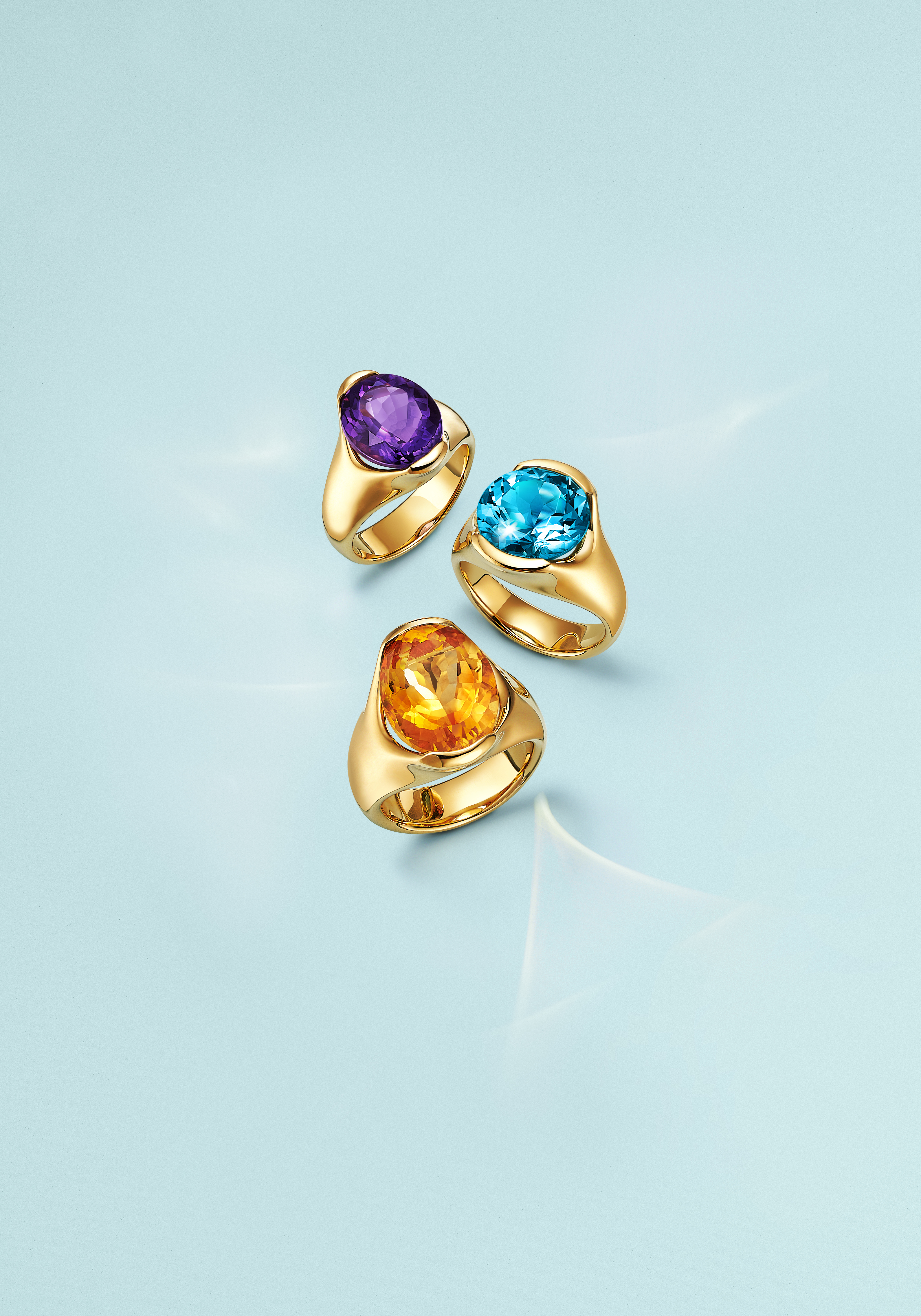
Even as trends and styles change, Elsa’s minimalist aesthetic has remained immutable. Her style was always sculptural, inspired by nature, geometry, and the organic forms of seashells, bones, flowers, and the natural world. These elements, combined with her innovative use of silver, gold and other precious metals, formed a design language that Tiffany&Co. would come to adopt as part of its core identity.
Stefano emphasizes that Elsa’s influence went far beyond design. "She was a true innovator, an artist, and a philosopher. Her designs were never just aesthetic decisions; they had a purpose, they told a story, and they reflected Elsa’s spirit: free, creative, and deeply human."
This ethos, combined with her passion for social change, was evident in the Nando and Elsa Peretti Foundation’s philanthropic endeavors, focused on supporting women, equality, and environmental sustainability.
Her designs became part of a visual dialogue with the world, creating iconic imagery that continues to inspire. Whether worn by women seeking personal expression, celebrated as timeless artistic masterpieces, or honored as cultural icons, her designs exemplify how art and utility can coexist seamlessly.
The Future of Elsa Peretti’s Vision
Looking ahead, the legacy of Elsa Peretti continues to inspire both Tiffany & Co. and the wider design industry. Her enduring aesthetic-a blend of simplicity, elegance, and innovation-remains timeless, demonstrating how her designs transcend fleeting trends by focusing on emotion, form, and meaning. As Stefano Palumbo, Peter Schwendinger, and Dr. Kurt Moosmann, key figures at the Nando and Elsa Peretti Foundation, share, preserving Elsa’s vision remains their top priority.
“One of the most important pieces of advice Halston gave Elsa was to always maintain control of her own name, advice that she took very seriously,” explains Palumbo. “We have seen what happened to other designers who sold their names, and Elsa’s commitment ensured that her vision stayed pure and uncompromised.” This philosophy continues to guide the Nando and Elsa Peretti Foundation. Today, the Nando and Elsa Peretti Foundation, represented by Palumbo, Moosmann, and Schwendinger, has adopted a clear mission: they refrain from creating new jewellery pieces using the Peretti name for sale. As Palumbo adds, “Peretti’s aesthetic line is immutable and will remain so forever.”
“Peretti’s aesthetic line is immutable and will remain so forever.”
He continues, “On the other hand, 50 years of hard work have put on the table at Tiffany an important series of jewellery and homeware collections that demonstrate Peretti's endless creativity and aesthetic consistency that always aims for perfection.” Elsa’s work was designed with all women in mind, focusing on proportions, lifestyles, and practical needs without distinction. “Her product satisfies the whole planet,” Palumbo concludes.
When asked about her most iconic piece, Palumbo recalls the image from Elsa’s last portrait by Eric Bonam: “A long yellow cashmere kaftan by Halston, the inseparable silver Paco cuff on one wrist and her Bone cuff on the other, two simple Comma earrings, and her intense yellow diamond ring of over 32 carats set in sterling silver, designed by Elsa.” Despite time passing, these elements embody her spirit: timeless, bold, and beautiful.
As Palumbo reflects, Elsa’s genius has always been about understanding simplicity with sophistication, a perfect lesson for generations to come.
